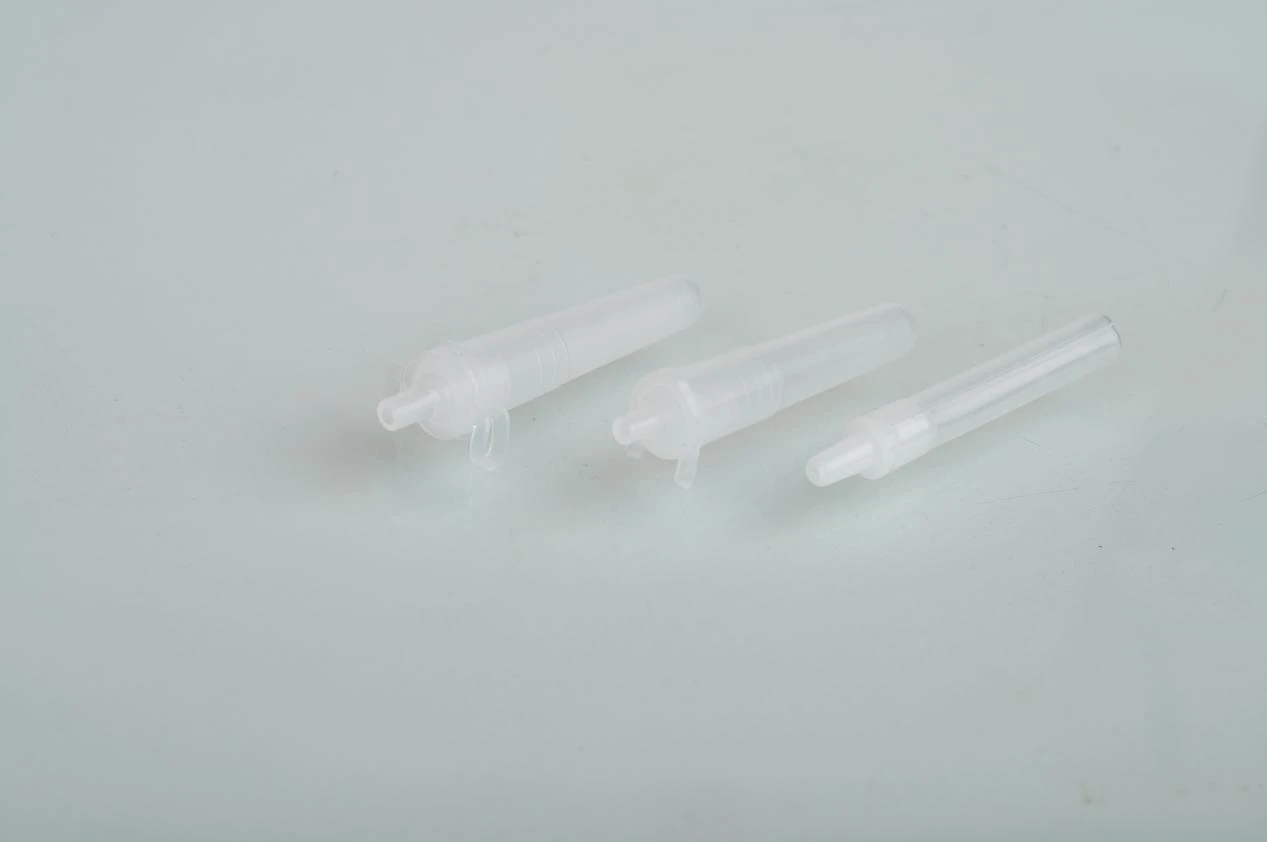saliva collection tubes
Saliva Collection Tubes An Overview of Their Importance and Usage
Saliva collection has gained significant attention in recent years due to its non-invasive nature, ease of sample collection, and the wealth of information it can provide about a person's health. Saliva collection tubes are essential tools for researchers, healthcare providers, and individuals aiming to gather saliva samples for various analyses. This article delves into the importance, types, and applications of saliva collection tubes, as well as best practices for their use.
Importance of Saliva Collection
Saliva is a biofluid that contains a variety of components, including enzymes, hormones, antibodies, and metabolites. These components can be indicative of various physiological and pathological conditions, making saliva an attractive alternative to blood for biomarker analysis. The collection of saliva is particularly advantageous because it is easy to obtain, pain-free, and can be done in multiple settings, including homes, clinics, or laboratories.
The utilization of saliva for diagnostic purposes has expanded in various fields such as endocrinology, psychiatry, and pharmacology. For instance, salivary cortisol levels are frequently assessed to evaluate stress responses. Moreover, saliva tests are being increasingly used for genetic testing, detecting pathogens, and monitoring drug levels.
Types of Saliva Collection Tubes
Saliva collection tubes come in various designs and materials, each tailored for specific applications. There are generally two main categories of saliva collection tubes passive drool tubes and swab-based collection tubes.
1. Passive Drool Collection Tubes These tubes are designed to collect saliva through natural drooling. They usually come with a wide mouth to allow easy collection. The collection process involves the participant allowing saliva to pool in their mouth before spitting it into the tube. This method is user-friendly and provides a larger volume of saliva, which can be essential for certain analyses.
2. Swab-Based Collection Tubes These tubes incorporate absorbent swabs that are placed in the mouth to collect saliva. Swabs are especially useful in situations where participants may have difficulty producing saliva or in instances where minimal contamination is necessary. After the swab collects sufficient saliva, it is placed back in the tube for transport to the laboratory.
Both types of tubes are typically made of medical-grade materials to ensure safety and prevent contamination.
Applications of Saliva Collection Tubes
saliva collection tubes

Saliva collection tubes have numerous applications, particularly in the biomedical and research fields. Some of the key applications include
- Genetic Testing Saliva is a convenient source for DNA extraction, allowing for genetic testing without the need for invasive procedures. This method is widely used in ancestry testing, paternity testing, and genetic screenings for hereditary conditions.
- Hormonal Assessments Salivary hormone analysis is increasingly used to assess levels of cortisol, testosterone, and estrogen. These hormones play crucial roles in various bodily functions and can provide insights into stress, reproductive health, and metabolic disorders.
- Infection Detection Saliva can be tested for the presence of various pathogens, including viruses and bacteria. For instance, during the COVID-19 pandemic, saliva collection tubes facilitated non-invasive testing for the virus, helping to reduce the burden on healthcare systems.
- Drug Monitoring Saliva assays are being utilized to monitor drug use, adherence, and pharmacokinetics. This application is particularly relevant in substance abuse treatment and pain management, allowing healthcare providers to ensure that patients are following prescribed regimens.
Best Practices for Saliva Collection
To ensure the accuracy and reliability of saliva tests, it is crucial to follow best practices during sample collection. Participants should be instructed to refrain from eating, drinking, smoking, or brushing their teeth for at least 30 minutes prior to collection. Additionally, samples should be collected in a clean environment to minimize contamination risks.
Labeling samples accurately and storing them according to specified guidelines is essential for successful analysis. Most saliva collection tubes come equipped with secure caps and storage recommendations to maintain sample integrity.
Conclusion
Saliva collection tubes represent a significant advancement in the field of diagnostics and research. Their ease of use, combined with the wealth of information contained within saliva, makes them invaluable tools for health assessments. As research progresses and new applications emerge, the role of saliva and its collection methods will undoubtedly continue to evolve, further enhancing our understanding of human health.
-
Aesthetic Makeup Spray Bottles | Fine Mist Empty RefillableNewsAug.19,2025
-
White Plastic Veterinary Vaccine Vials | Lab Liquid BottlesNewsAug.18,2025
-
Plastic Medicine Liquid Bottle: Secure Flip Top Drug VialsNewsAug.17,2025
-
Durable 250ml Blue Plastic Vaccine Vial for Lab & Vet UseNewsAug.16,2025
-
Sterile Virus Sample Tubes: Secure & Reliable Specimen CollectionNewsAug.15,2025
-
White 250ml Plastic Vaccine Vial for Lab & Vet MedicineNewsAug.14,2025
























